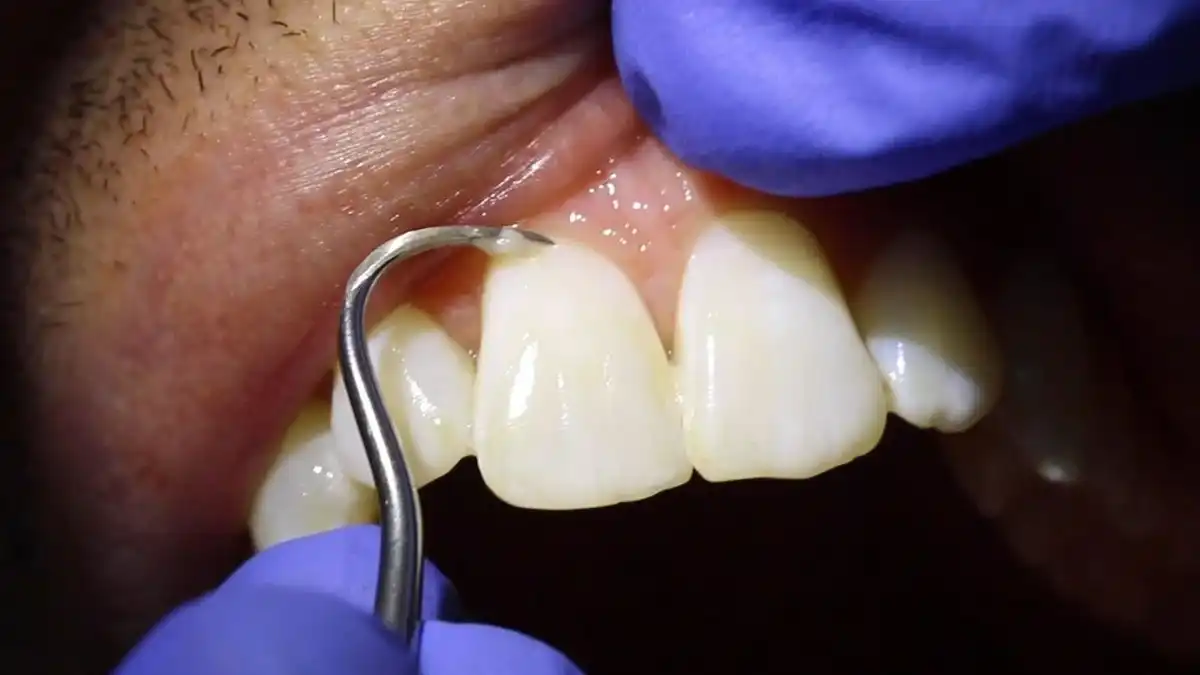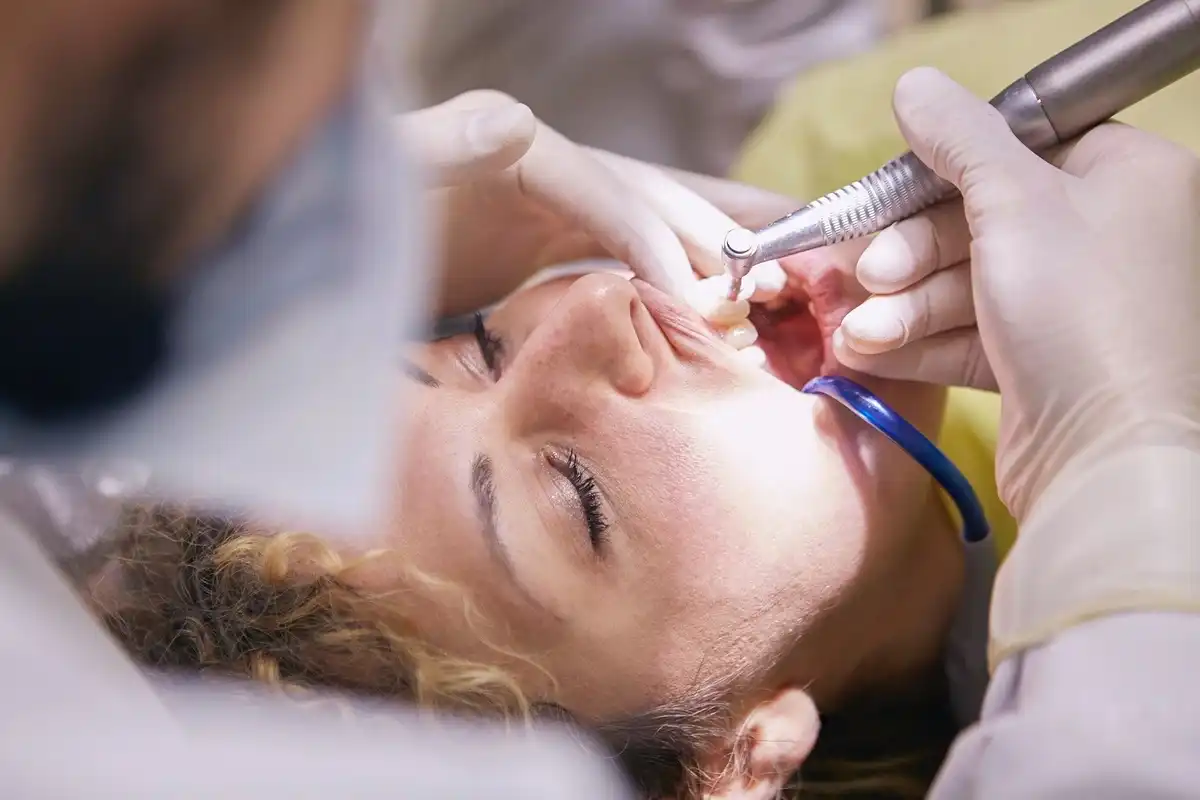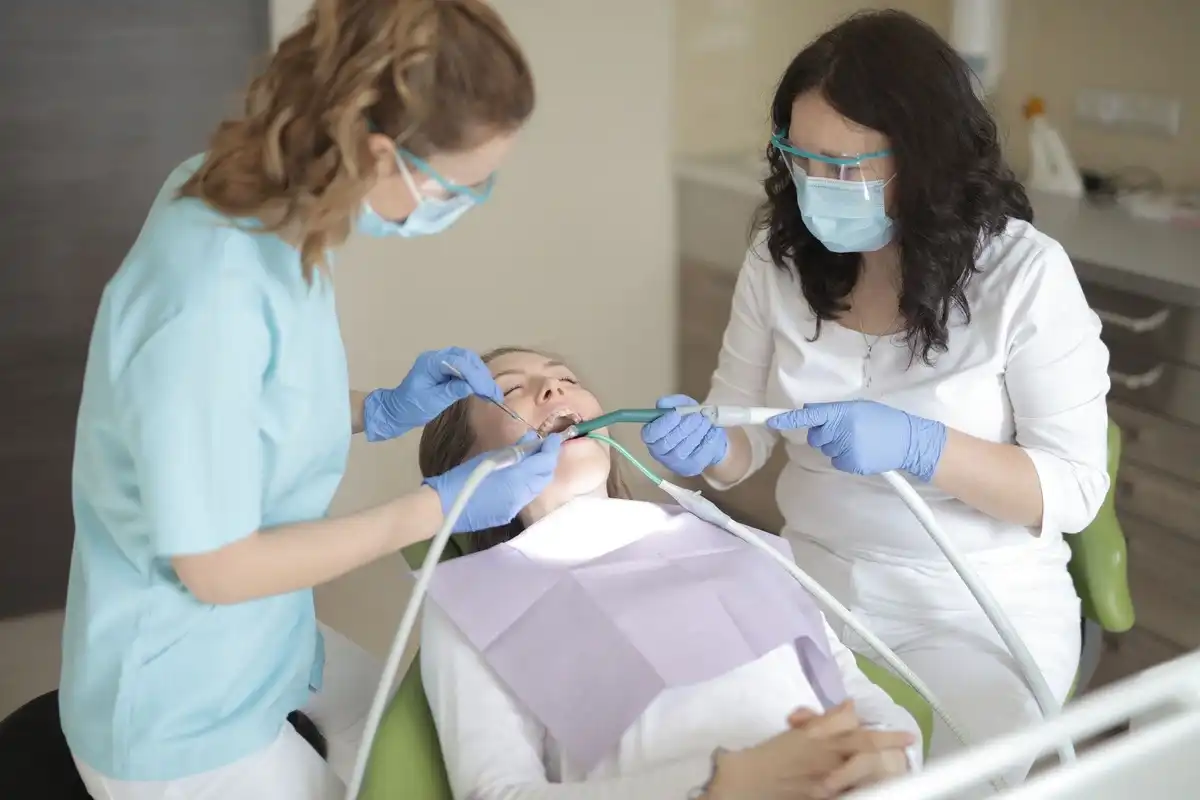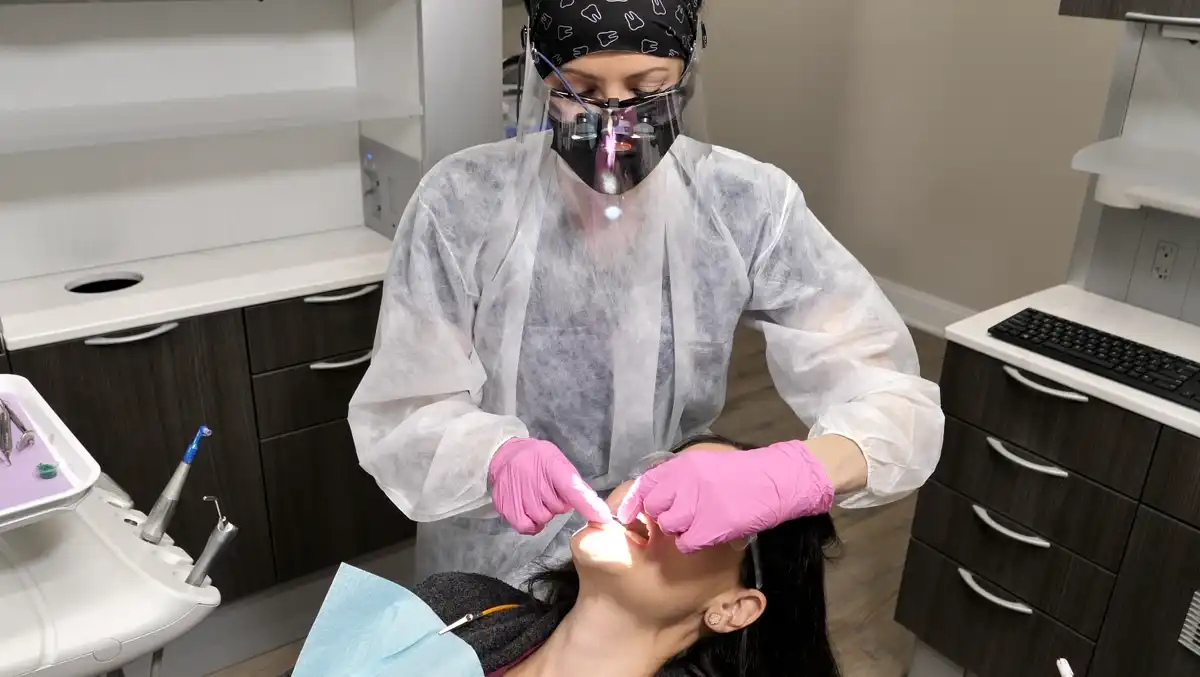Getting Your Dental License: Boards, Exam, and Renewal


Everyone who goes to dental school doesn’t instantly become a practicing dentist once they graduate. Before you can actually put your hands in anybody’s mouth and work on their teeth, you’ll have to acquire a dental license. Every dentist license is awarded by the state where that dentist plans on practicing. And just like any other kind of license, you’ll need to show some proof of information before the state issues your certificate. Depending on where you want to live or if you plan to move, you may want a dental license in more than one state. Getting your dentist license requires several specific steps and can take a couple of months or more to process, depending on where you’re at with meeting your requirements. And since every state dental board is autonomous, they can tweak the regulations and make certain criteria different than other states. If you’re about to graduate, or are planning to work as a dentist in a state where you didn’t attend dental school, make sure you follow all of the criteria for attaining your dental license, as listed out by that specific state board.
The Purpose of Getting a Dentist License
Every state requires a dental license from practicing dentists in that state. The purpose of being a licensed dentist shows that you’ve met appropriate educational requirements, attained additional certifications—such as sedation or CPR—needed in the dental practice, can legally write prescriptions, are allowed to accept dental insurance benefits from your patients, can order controlled materials/equipment, and don’t have any legal restrictions placed on you that would prevent you from seeing patients, just to name a few. If you don’t have a license, you cannot legally practice dentistry.
Simply going to dental school is not enough to get a dental license. Only certain schools are recognized as being credentialed and you must study in certain countries, such as the United States or Canada. If you’re moving here from another country, there are additional educational requirements to meet even if you completed four years of dental school elsewhere. Additional testing and annual professional development courses are required to keep your dentist license.
You’ll be required to display your license on the wall in your dental office, so that patients know they’re seeing a credentialed provider. Your license number will also be required for doing things like writing prescriptions, filing insurance claims, and ordering certain types of dental supplies.
The Process of Becoming a Licensed Dentist
What are the steps required for getting a dental license? There are three specific phases that every dentist in the United States will need to complete, in addition to meeting smaller requirements from their state dental board. These consist of formal dental training as well as passing written and clinical dental boards. All three of these requirements are extremely challenging, but without even one of them being completed you cannot practice dentistry or get an active dental license.
1. Graduation From an Accredited Dental Program
First and foremost, you need to attend and graduate from a recognized dental school. Newer dental schools will usually have some type of a disclaimer attached to them, so it’s important that you research whether or not their graduates are qualified to sit for national boards and what the ADA-accreditation status is for that school. And forget your A-D grading scale. Passing grades for dental school are different than most college courses. For example, one school may list any grade below a 70 or 75 as failing, and if you fail one class you may be required to leave the program or re-complete the entire year of classes.
2. Successful Completion of the Written National Board Examination
The Dental national Board Exam (NBDE) or newer version called the Integrated NBDE (INDBE) is a written exam that dental school graduates can take up to five times (90 days are required between each attempt) within five years of graduating from dental school. It covers everything from pharmacology and treatment planning to ethics and oral health management. There are 500 total questions and the minimum passing score is 75%, but the results are listed in a “pass/fail” format, so you won’t have to worry about your test score helping you get a job or not. Passing is passing! You will need to have your results submitted to the state board where you plan on practicing in order to meet their license requirements.
3. Pass Regional or State Clinical Board Examinations
Clinical dental boards differ from the national board, in that they are hands-on exams as opposed to a long, written test. You basically demonstrate what you’ve learned and have experienced dentists check your work for you. And even though everyone has to take the NBDE/INBDE, there are five different clinical boards to choose from when it comes to testing for your state license.
These include:
- Central Regional Dental Testing Service
- Commission on Dental Competency Assessments
- Council of Interstate Testing Agencies
- Southern Regional Testing Agency
- Western Regional Examining Board
Again, where you attend school and where you plan to practice dentistry will be the key factors when it comes to sitting for your clinical exam. Make sure your state dental board accepts the exam you plan on taking, otherwise you may have to re-take your clinical board all over again to get your license. Some states also have time requirements as to how far in the past the exams were taken. Passing one exam does not guarantee automatic acceptance by another state if you’re trying to get a dental license. Even if you’ve been practicing for several years and then decide to relocate.
The National Exam (Written Test)
Every aspiring dentist takes the same written national board exam. Typically, you’ll sit for this test sometime during your final semester in dental school before graduation. Other dental students take it earlier on during their schooling. The final year is the most common, but some variations of the test have been taken as early as the completion of the second year of dental school. However, you can also take it after graduating but it can delay how long you wait until you begin practicing dentistry (since the results may take a while and have to be sent off to your state board.)
What’s Covered In The NBDE/INBDE
- Managing medical emergencies
- Pain management
- Periodontal disease management
- Surgical treatments
- Prosthetics for patients with missing teeth
- TMJ disorders
- Evaluating pathology and abnormal tissues
- Disease management
- Diagnostics and interpreting patient information
- Infection control
This is an extremely short list and just a sample of what’s covered on the exam. Since this test encompasses everything dental students learn during four years of dental school, it would take 2-3 pages to list all of the different types of questions you’ll find on this exam. If you want a more detailed breakdown, you can read the guidelines straight from the Joint Commission on National Dental Examinations.
How long is the NBDE?
The written national dental board exam is 500 questions long. You can take it at certain certified testing centers throughout the United States. It used to be that the exam was a written test that was given at your specific dental school (overseen by a testing agency) but thanks to streamlined processes that’s no longer the case. You can select when and where you would like to take the exam as it relates to your personal schedule. If you’re wondering how you’re going to cram 500 questions into one day, don’t worry. The exam is spaced out over 1.5 days. You won’t have to (and physically can’t) complete all of it in one day.
What’s the NBDE passing rate?
The results of your written board exam are seen as pass/fail. You’ll need a minimum score of 75 in order to qualify for your dentist license. Unfortunately, even though the testing is computerized, you won’t get your grades instantly. It can take up to 2-3 weeks before you receive your pass/fail notice back from the examination board. You’ll want to make sure your scores are sent to your state board of dental examiners so that you can apply to get your dental license ASAP.
NBDE/INBDE Board Prep
Here’s some great news. Since the NBDE/INBDE is applicable to every dental college graduate, there are a lot of great study materials and practice tests out there to prepare for your exam. You can also get access to released copies of older board exams to use for study and practice purposes. There are even weekend seminars you can attend in person (or online) to review everything you’ve learned and then take a practice exam to see where you stand. That way you can go back and study certain areas or types of questions, depending on your strengths and weaknesses. Most students will also form study groups with their fellow soon-to-be-dentists and share flash-cards to help review for the exam.
Renewing Licensing (CE Requirements)
Surprise! Now that you’ve passed your clinical and written board exams, there’s still more to do. Fortunately, it’s not as bad as you might think. Every active dental license also requires annual continuing education (CE) requirements—think professional development courses—to renew. The number of hours required will depend on the type of license you have (dentist, hygienist, etc.) and where you live. On average, most dentists are going to need anywhere from 50-100 CE hours a year. Fortunately, there are a lot of different ways to get them, so meeting those requirements isn’t going to be hard as long as you schedule them appropriately.
Why do dentists need CE hours to keep their licenses? Because things change. Knowledge changes. Technology changes. Laws change. Science is an ever-evolving process, and dentistry is built on scientific methods. You wouldn’t want a dentist doing fillings the same way today that they did 40 or 50 years ago. So even if someone has plenty of experience, they still need to be required to stay abreast of all the latest information in the industry. CE requirements make sure every dentist does that. Otherwise, they can’t renew their dental license that year.
Depending on the type of CE you’re getting, there are plenty of free and affordable courses out there. Others can be pretty pricy (as in thousands and thousands of dollars.) Some of the most common ways to get your hours in are to attend dental conferences, where there are speakers all day for a few days in a row and you can choose which sessions to attend. Check your state board requirements, because there’s usually a minimum number of hours that have to be live or in person. Some states did wiggle their requirements a bit during the pandemic, allowing dentists to take online courses and get live credits. But self-taught or recorded courses may be limited depending on your board’s requirements.
Organizing CE Credits
Since there are so many different types of CE classes (live, streaming, self-taught) you can take and different categories of courses (clinical and non-scientific) out there, you need a way to track and organize all of them. Otherwise, you could accidentally forget to complete everything you need, causing a big delay when it comes time to renew your dental license.
One easy thing to do is attend a yearly dental conference or two and take all of the required courses and hours you need during that event. Keep a paper and/or digital copy of your certificates. You never know when the dental board will perform an audit and you’ll need to show proof of your course completion documentation.
Another great idea is to use a CE tracker such as CE Zoom. Websites like CE Zoom keep track of everything digitally and even list your state requirements, so that you can make sure you’re meeting all of the new and updated regulations as it relates to your license. Most of these types of platforms also have lists of courses you can take and register for, ranging from on-demand and live-streamed to in-person seminars. When you track it through an online system you won’t have to worry about keeping up with anything since it’s all stored in the cloud.
Getting Your Dental License
Getting your dental license requires more than just going to dental school. You’ll have to take a written exam over the course of a day and a half, then complete clinical boards to show hands-on skills you’ve learned while you’ve been studying dentistry. On top of that, you’ll also have to check with your state dental boards to find out what their unique dentist license requirements are, since they vary from state to state. And once you finally get your dental license, you’ll have to keep it updated by completing a set number of continuing education hours every year. Being a dentist involves ongoing learning as new information becomes available, so dentists are lifelong learners!

Make your inbox smile!
Subscribe





